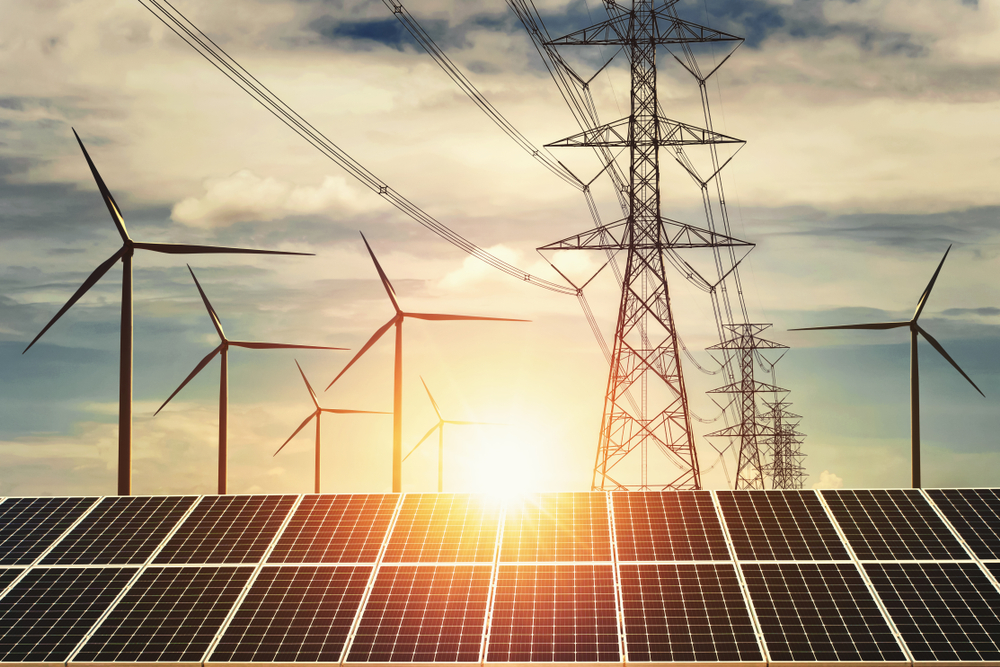Customers on popular electricity energy tariffs saw their bills shoot up on 1 January 2023 according to new data released today. [1]
The figures, from Future Energy Associates and reported by the BBC, found average annual rises of £116 for electricity-only Economy 7 tariffs, revealing an 7.6% increase.
The result is that Economy 7 users now pay 46% more than other electricity tariffs (an average of £464 per household, per year, although many electricity-only households use significantly more than an average household). [2]
Standard credit customers also saw their electricity bills increase, while there was variation in changes of unit rates for those on direct debit and prepayment meters.
Compared to those customers on dual fuel tariffs, electricity rates are now 2% more expensive for electricity-only customers.
With 2.1m households only using electricity for their heating, many are struggling to stay warm this winter. [3]
Campaigners are now calling for the Government to extend the “alternative fuel payment” of £200 to all households on electricity only tariffs and commit to roll out reforms to the energy pricing arrangements as soon as possible.
Clement Attwood from Future Energy Associates commented:
It is a little known fact that it is actually up to the supplier to determine rates for some tariffs that are not explicitly capped by the current Energy Price Guarantee rate.
This has caused the average electrical Economy 7 tariff to be more expensive than the average active electrical constant rate tariff. We also saw a higher level of variation between dual fuel and electricity-only tariffs than we expected, which will hit those on the margins of fuel poverty the hardest.
Price variations similarly do occur by region and certain regions consistently have more expensive tariffs.
Tessa Khan, Director of Uplift which is part of the Warm This Winter campaign, commented:
As the growth of cheap UK renewables drives down the cost of generating electricity, energy firms should be lowering the rates they charge. The government needs to urgently get on with reforming energy pricing, as well as ramping up the development of homegrown renewable energy, so that consumers can benefit from cheaper, clean energy now and in winters to come.
One Economy 7 customer, Jonathan Bean from Buckinghamshire saw his Scottish Power bills jump by 13%. He commented:
I’m already paying three times more for my heating and hot water than those with gas or oil. Now yet more price increases have come in, whilst support payments are being cut.
My son and I will literally freeze this winter, and next.
A spokesperson for the End Fuel Poverty Coalition commented:
Millions of people have been forced into deeper levels of hardship this winter due to this price hike. This will lead to people living in cold damp homes which can cause significant health complications, which only puts more pressure on the NHS.
It is completely unreasonable that those customers on Economy 7 tariffs are paying significantly more for their electricity and also receiving significantly less support with their bills from the Government.
Ruth London from Fuel Poverty Action said:
There is simply no justice in the energy pricing system. These prices for Economy 7 and the costs of all-electric homes are a scandal, along with imposition of prepayment meters, and high standing charges, and the way people on District Heating networks are left out of all protection. Not to mention ill-repaired housing, bad insulation, and damp.
Again and again the people who pay most are those who have least to begin with. We need Energy For All – it is not a luxury, it’s a right.
ENDS
Graphic: Shutterstock
[1] Future Energy Associates are energy data specialists and software developers, providing retail tariff data and services to the government, private and third sector. Tariffscan, their tariff monitoring platform covers the whole domestic retail market across more than 50 suppliers. Updated daily, Tariffscan is provided through a dashboard and modern API giving users direct access to the latest tariff rates and insight. For more information on Future Energy Associates, visit https://www.futureenergy.associates/
The increases seen are largely due to EDF and Scottish Power raising Economy 7 rates. A standout example would be the EDF tariff where the most expensive economy 7 tariff is £598 more expensive than its equivalent constant rate electrical tariff.
3.3m households were on Economy 7 tariffs in 2021 in England alone (LG Inform / BEIS data: https://lginform.local.gov.uk/reports/lgastandard?mod-metric=3785&mod-period=2&mod-area=E92000001&mod-type=namedComparisonGroup&mod-group=AllSingleTierAndCountyLaInCountry_England ). The BBC report the figure at 2.5m.
[2] Based on ofgem’s consumption figures. Source: https://www.ofgem.gov.uk/energy-advice-households/average-gas-and-electricity-use-explained
[3] 2.1m households figure from ONS in its latest report on the census data: https://www.ons.gov.uk/peoplepopulationandcommunity/housing/articles/census2021howhomesareheatedinyourarea/2023-01-05

